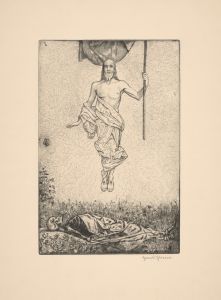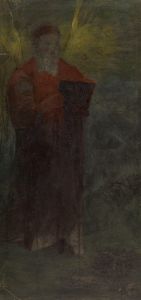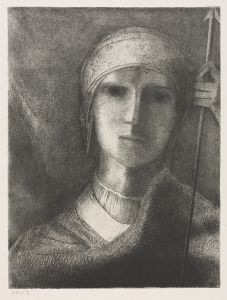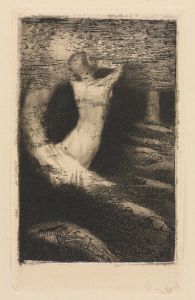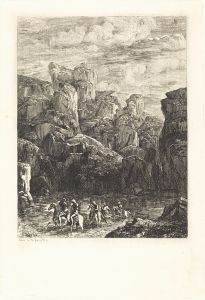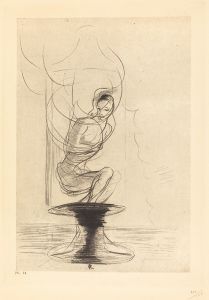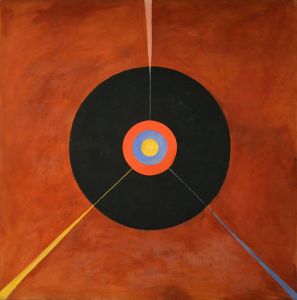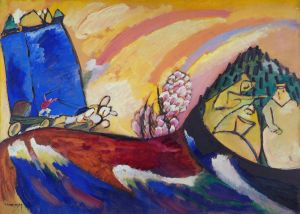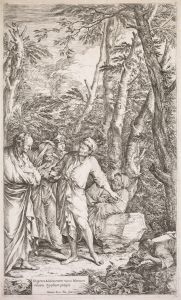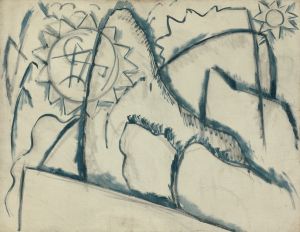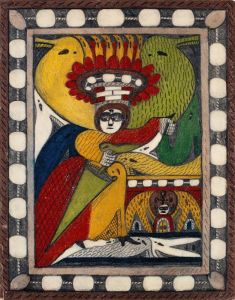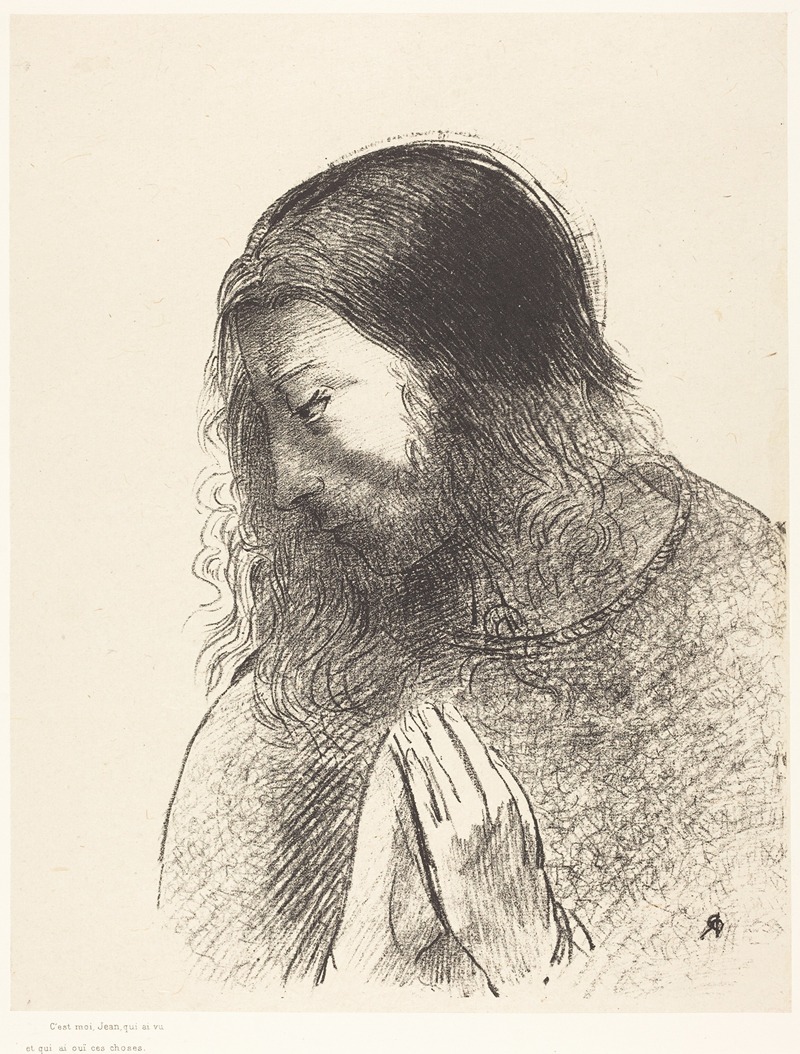
C’est moi, Jean, qui ai vu et qui ai oie ces choses
A hand-painted replica of Odilon Redon’s masterpiece C’est moi, Jean, qui ai vu et qui ai oie ces choses, meticulously crafted by professional artists to capture the true essence of the original. Each piece is created with museum-quality canvas and rare mineral pigments, carefully painted by experienced artists with delicate brushstrokes and rich, layered colors to perfectly recreate the texture of the original artwork. Unlike machine-printed reproductions, this hand-painted version brings the painting to life, infused with the artist’s emotions and skill in every stroke. Whether for personal collection or home decoration, it instantly elevates the artistic atmosphere of any space.
Odilon Redon was a French symbolist painter, printmaker, draughtsman, and pastellist, known for his unique and imaginative works that often explored themes of dreams, fantasy, and the subconscious. One of his lesser-known works is "C’est moi, Jean, qui ai vu et qui ai oie ces choses," which translates to "It is I, Jean, who saw and heard these things." This piece is part of Redon's broader oeuvre that delves into the mystical and the enigmatic.
Redon was born in Bordeaux, France, in 1840 and developed an early interest in art. He was influenced by the works of Eugène Delacroix and the writings of Edgar Allan Poe, which is evident in his penchant for the mysterious and the fantastical. Redon's work often features a blend of reality and imagination, with a focus on the inner workings of the mind and the spirit.
"C’est moi, Jean, qui ai vu et qui ai oie ces choses" is characteristic of Redon's style, which frequently incorporates symbolic and dream-like imagery. While specific details about this particular piece are scarce, it can be inferred that the work aligns with Redon's interest in exploring the boundaries between the seen and the unseen, the known and the unknown. His art often invites viewers to ponder the deeper meanings behind the visible world, encouraging a sense of introspection and wonder.
Redon's artistic journey was marked by a transition from charcoal drawings and lithographs, known as his "noirs," to vibrant pastels and oils later in his career. This shift allowed him to explore color and light in new ways, adding another dimension to his already complex and layered compositions. Although "C’est moi, Jean, qui ai vu et qui ai oie ces choses" is not as widely recognized as some of his other works, it nonetheless contributes to the rich tapestry of his artistic legacy.
Throughout his career, Redon was associated with the Symbolist movement, which sought to express the ineffable and the abstract through art. This movement was a reaction against the naturalism and realism that dominated the art world in the late 19th century, and Redon's work exemplifies the Symbolist desire to delve into the realms of myth, spirituality, and the imagination.
Redon's influence extended beyond his lifetime, impacting later artists and movements, including the Surrealists, who admired his ability to convey the dreamlike and the uncanny. His work continues to be celebrated for its originality and its ability to evoke a sense of mystery and introspection.
In summary, while specific information about "C’est moi, Jean, qui ai vu et qui ai oie ces choses" is limited, it is a testament to Odilon Redon's enduring fascination with the mystical and the unseen. His work remains a significant part of the Symbolist movement and continues to inspire and captivate audiences with its depth and imagination.





